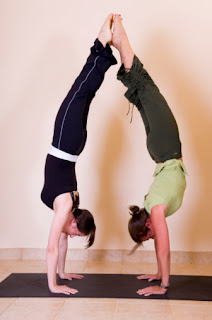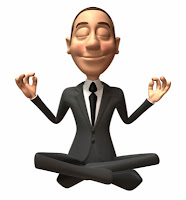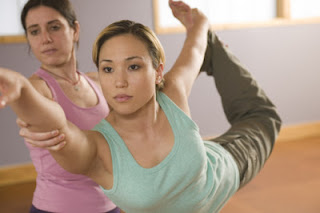
By Dr. Paul Jerard, E-RYT 500
Recently, a Yoga teacher intern asked, if it would be better to avoid action, so that no bad reaction would occur as a result of the initial action. In Yoga classes, many of us have learned that Karma means “action.” Sometimes, the simple explanation of the Law of Karma is, “What goes around comes around.”
To say it in another way: The results of our actions will produce effects, which will be good or bad. Most people do not stop to think: Inaction will also produce effects, which will be good or bad. If we “sit still” all of our lives, we will still create a good or bad situation.
With that said, why should we ever give up? In this life, successful outcomes usually require action. If we sit on our hands as a lifestyle, we should not be surprised if all of our wishes do not come to pass. Additionally, sitting on one's hands as a lifestyle makes us dependent upon the actions of others.
The Yogic formula for actions, you take, is quite simple. Every thought, in your mind becomes an image. You describe the images you visualize in words. At this point, it is helpful to write them down the old fashioned way or on a computer. Ponder a few the words until they become a mantra.
When you ponder the words, which you have written, or think, long enough, you will begin to take action. When you repeatedly take the same actions, toward the same objective, you will create a new habit. Habits change your personality and your daily routine.
Your personality will determine the outcome of your destiny. This entire process requires action. Constant inaction can change your personality, but who wants to make laziness a major part of their character? Who wants to establish a reputation as a lazy person?
Granted, there are times, in life, when we must be silent and stop taking action. When our children learn to take responsibility, we must let them. We cannot “tie their shoes” for their entire lives. The principle is the same in any organization.
In companies, we learn about delegating authority. This may seem harsh, if you are sweeping the floor, the Chief Executive Officer (CEO) does not have the spare time to sweep the floor, and it is doubtful that he or she monitors the person who does sweep the floor. In fact, the person who sweeps the floor has usually taken action without much coaxing.
The main reason for inaction is fear of making a mistake. Yet, mistakes will enhance our learning process, and make us stronger for the experience. Whether you teach Yoga, or are a Yoga student, each day of your life, decisions have to be made by you.
Use your best judgment, get advice from people of good character, make morally sound decisions, and take action. You do not have to live a stressful lifestyle over decision making. Learn from each situation and move forward. This is just one aspect of the Law of Karma.
© Copyright – Paul Jerard / Aura Publications
See our selection of programs. Yoga community members get a free report, newsletter, videos, blogs, forums, podcasts, and e-Book: “Yoga in Practice.”
If you are a yoga teacher, studio owner, blogger, e-zine, or website publisher, and are in need of quality content, please feel free to use my blog entries (articles). Please be sure to reprint each article, as is, including the resource box above. Namaste!













